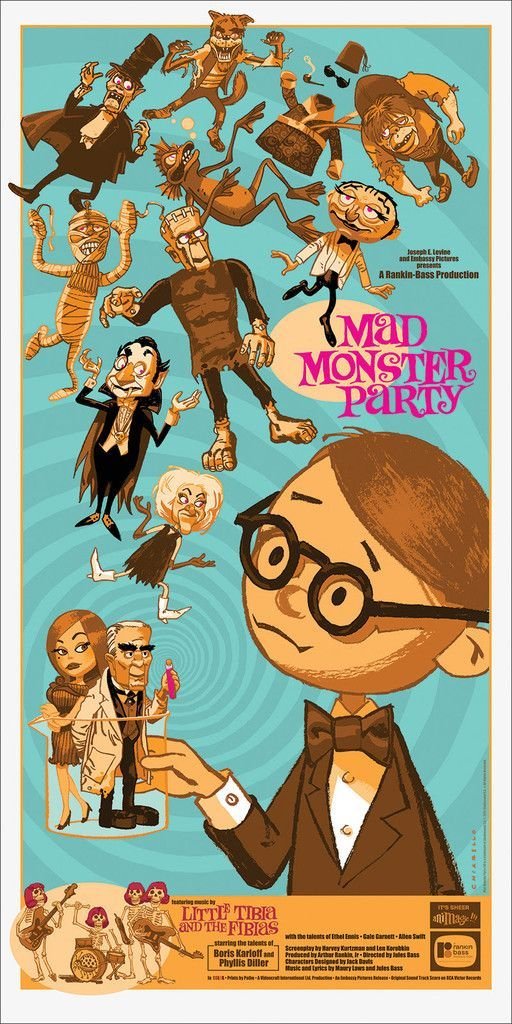
Today, the @gijn reprints @npquarterly's exciting story "A New Business Model Emerges: Meet the Digital News Co-op," by @tomstites.
gijn.org/2021/03/25/a-n…
nonprofitquarterly.org/a-new-business…
1/
gijn.org/2021/03/25/a-n…
nonprofitquarterly.org/a-new-business…
1/

Stites documents the rise-and-rise of national news co-ops in Germany, Italy, Switzerland and Mexico, and the rapidly proliferating local co-ops in Canada, Uruguay and the UK.
2/
2/
A news co-op is a news organization owned by its readers, whose membership fees pay for open access journalism - no paywall - usually organized as nonprofits (an IRS rule-change lets for-profit newspaper convert to nonprofits).
3/
3/
The reader-owners of the co-op get to read the news, vote on the co-op's policies, elect its board, ensure their communities are being reported on, and get members' access to private forums where the co-op's business is discussed.
4/
4/
Co-ops court advertisers for inclusion in a supporter's business directory, and ads in a news co-op's publications demonstrate a business's connection to its community to both the co-op's members and the community-wide readership.
5/
5/
Stites draws a comparison to the credit union movement, which is larger - in aggregate - than Wells Fargo, but whose control is decentralized among 5,133 community-oriented financial institutions (I love my credit union).
6/
6/
US news co-ops are on the rise, including @akrondevilstrip and @TheMendoVoice. Stites describes how his nonprofit Banyan Project serves as an incubator for news co-ops:
banyanproject.coop
7/
banyanproject.coop
7/
The much-lamented local newspaper industry was an historic accident: newspaper families connected sports-score-hungry readers with local appliance store ads, and spent some of the profits that generated to cover city hall and the state-house out of a sense of patrician duty.
8/
8/
Long before Craigslist, long before the Googbook ad duopoly, these weird, contingent structures were crumbling, as newspaper families sold out to vulture capitalist raiders who gutted the papers and looted their rainy-day funds.
pluralistic.net/2021/03/18/new…
9/
pluralistic.net/2021/03/18/new…
9/
The news part of newspapers was never a standalone business, irrespective of whether readers paid for the news or got it free - for general news, there's always been a cross-subsidy that was a mix of market forces (appliance ads) and civic duty (patrician news families).
10/
10/
The news co-op model acknowledges that news is, in part, a public good - news that isn't widely available is not "news," it's a "secret." The premise that paywalls and ads will give us back the local news that covers readers' liveaday issues has not been borne out.
11/
11/
Paywall success stories are a mix of specialized news, often catering to the ultrawealthy (WSJ), superstar news orgs focused on specific national and international news (NYT) or news with billionaire backstops (WP).
12/
12/
The civic function of news is not met by any of these models. But reader-supported, open access news, like @canadaland and The @HfxExaminer are filling in the gaps. The co-op model is a most welcome adjunct to these success stories.
13/
13/
If you'd like an unrolled version of this thread to read or share, here's a link to it on pluralistic.net, my surveillance-free, ad-free, tracker-free blog:
pluralistic.net/2021/03/25/fac…
14/
pluralistic.net/2021/03/25/fac…
14/
Image:
Co-Op (modified):
flickr.com/photos/theco-o…
Paul Williamson (modified):
flickr.com/photos/mustbea…
CC BY:
creativecommons.org/licenses/by/2.…
eof/
Co-Op (modified):
flickr.com/photos/theco-o…
Paul Williamson (modified):
flickr.com/photos/mustbea…
CC BY:
creativecommons.org/licenses/by/2.…
eof/
• • •
Missing some Tweet in this thread? You can try to
force a refresh









